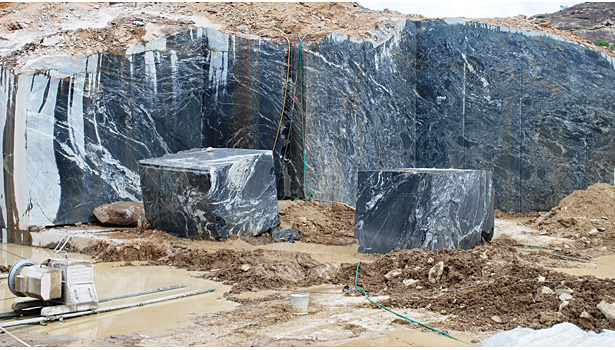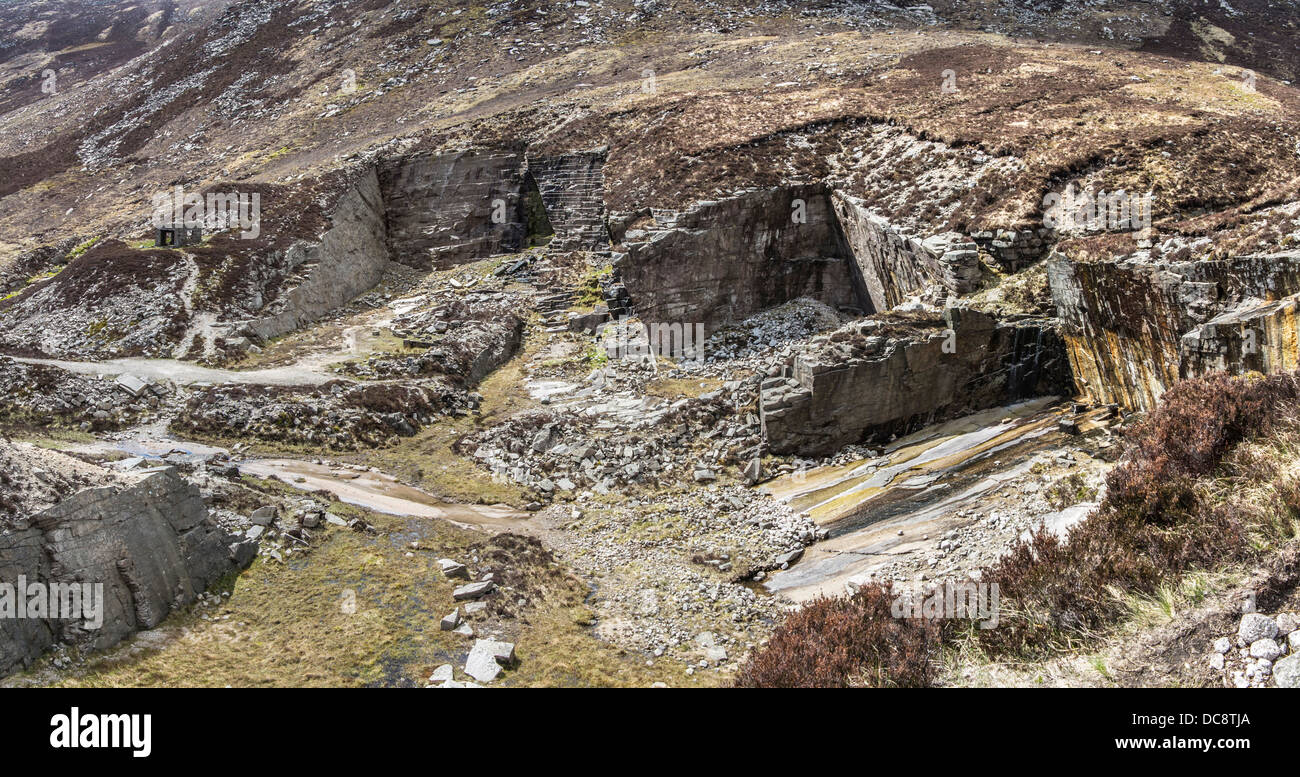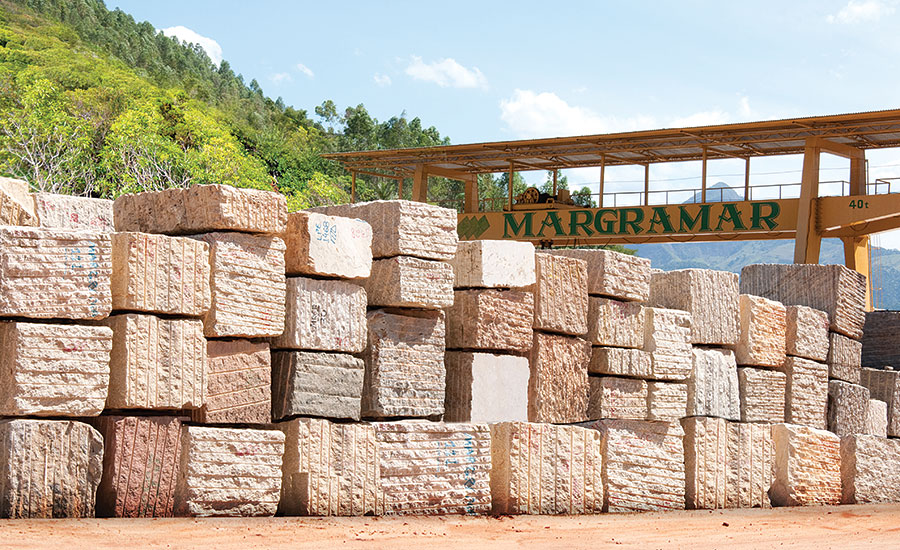Granite Quarries in South Africa Marvels: Discovering the Quarry Landscape
Unearthing the Rich History and Sustainable Practices of Granite Quarrying
As we depend on the precipice of uncovering the detailed tapestry of granite quarrying, a journey via time reveals not simply the physical act of extracting stone yet also the social and historic relevance woven right into the extremely textile of this method. From the old beginnings that laid the foundation for contemporary quarrying strategies to the sustainable methods that are shaping the future of this market, each carve mark on granite surface areas tells a story waiting to be uncovered (granite quarries in south africa). The heritage of granite quarrying stretches far past plain extraction; it is a testament to human ingenuity, durability, and the enduring appeal of this magnificent stone
Ancient Beginnings of Granite Quarrying
Dating back to old civilizations, the method of quarrying granite has actually been an important part of human history and architectural innovation. The earliest proof of granite quarrying go back to ancient Egypt, where enormous pyramids and complex sculptures were crafted from this sturdy rock. The Egyptians utilized primitive tools to extract granite blocks from quarries, showcasing the significance of this material in their significant buildings.
Moving on in history, the Greeks additionally made significant contributions to the quarrying of granite. The Greeks used granite in various building wonders, such as holy places and statuaries, showing their ability in shaping and sculpting this sturdy stone. The Romans even more refined the methods of quarrying granite, employing advanced tools like chisels and hammers to remove and form granite for their legendary frameworks.
With the centuries, the method of quarrying granite has developed, with modern technologies boosting performance while keeping the ageless charm of this natural rock - granite quarries in south africa. From old people to modern building contractors, the heritage of granite quarrying remains to shape our globe
Advancement of Quarrying Methods
The advancement of quarrying methods has actually been marked by a continual progression in the direction of better effectiveness and accuracy in extracting granite. Early quarrying strategies involved hands-on labor with standard tools such as blades, hammers, and wedges to remove granite blocks from the earth.
In even more current times, the introduction of equipment changed the quarrying industry, allowing much faster extraction rates and raised productivity. Technologies such as diamond cable saws, high-pressure water jets, and pneumatically-driven drills have ended up being standard in modern quarries, enabling specific cutting and reduced waste. Improvements in computer-controlled tools and 3D modeling have actually maximized quarrying operations, leading to minimal environmental impact and improved sustainability methods. As the demand for granite proceeds to climb, the advancement of quarrying strategies continues to be essential to meeting industry needs efficiently and sustainably.
Social Significance of Granite
Granite holds an extensive cultural value across see it here numerous people due to its enduring visibility in architectural work of arts and respected monuments. The cultural significance of granite prolongs beyond its physical qualities; it embodies strength, security, and eternity, making it an icon of withstanding heritages and customs.

Lasting Practices in Quarrying
Amidst the abundant background of granite quarrying and its cultural relevance lies an expanding focus on sustainable practices within the market. As environmental recognition and concerns about source exhaustion have actually increased internationally, the quarrying sector has actually progressively accepted sustainable approaches to reduce its effect on the setting and surrounding neighborhoods.

Furthermore, reclamation and rehabilitation of quarry sites post-extraction are integral to sustainable techniques. By bring back quarried locations to an all-natural or helpful state, such as producing wild animals habitats or entertainment spaces, quarriers can counter the ecological impact of their procedures and contribute positively to the local ecosystem.
Tradition of Granite Quarrying
With a historical background soaked in craftsmanship and industrial development, what enduring influence has granite quarrying left on the landscape of modern-day society? The tradition of granite quarrying see this here transcends mere extraction techniques; it has shaped architectural marvels, metropolitan landscapes, and social heritage worldwide. The resilient nature of granite has actually made it a favored choice for monuments, buildings, and facilities, standing as a testimony to the skill and artistry of quarry workers across generations.
In addition, the economic impact of granite quarrying can not be neglected. The market continues to supply job opportunity and drive local economies in regions where granite extraction prevails. It has actually also stimulated technological developments in quarrying strategies and equipment, leading to much more efficient and sustainable techniques.
In terms of sustainability, the tradition of granite quarrying includes initiatives to alleviate ecological influences with reclamation tasks and responsible resource monitoring. By stabilizing financial rate of interests with environmental stewardship, the sector strives to make sure that future generations can remain to gain from this enduring all-natural source.
Conclusion
